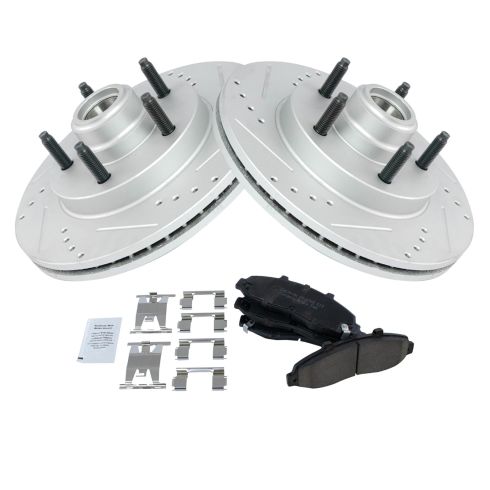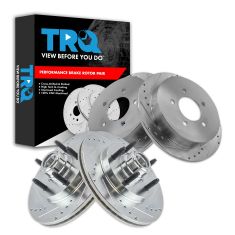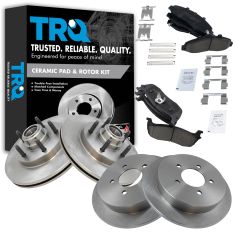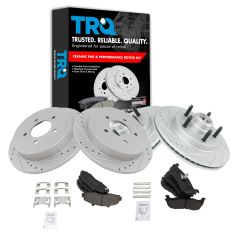1APBS00633-Ford Lincoln Front Ceramic Performance Brake Pad & Rotor Kit TRQ Performance BKA92444

Replaces
2002 Lincoln Blackwood Front Ceramic Performance Brake Pad & Rotor Kit TRQ Performance BKA92444

Product Reviews
Loading reviews
5.00/ 5.0
3
3 reviews
Nice
June 16, 2022
Fit correctly
2002 Ford F-150 Harley Davidson Supercharged.
[{"url": "https://wac.edgecastcdn.net/001A39/prod/media/pNISJll75W64CYGsite/19204c99da502f98c66487b1d8421d75_1669221605122_1.jpeg", "caption": "All done ?"}]
November 23, 2022
East and fit perfect ..
November 3, 2023
A fair price great service everything is great
Customer Q&A
Are they directional rotors?
October 3, 2024
10
Our parts are exact replacements for your vehicle's OEM parts. As long as your vehicle specifications match up with our listing, these parts will directly fit and function like the originals.
October 3, 2024
Kemal S
Lincoln is a registered trademark of Ford Motor Company. 1A Auto is not affiliated with or sponsored by Lincoln or Ford Motor Company.
See all trademarks.















